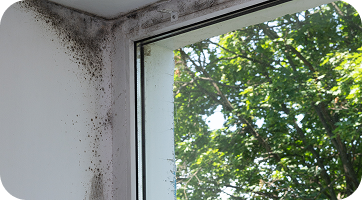Get powerful air pollutant detection in one compact device. Join our referral program and receive a free Vibrant Sense when 15 of your friends sign up.
Already a member? Login
We spend 90% of our time indoors, where pollutant levels can be 2 to 5 times higher than outdoors. This exposure to indoor air pollution can lead to immediate health effects such as eye, nose, and throat irritation, headaches, dizziness, and fatigue. Long term exposure increases the risk of respiratory diseases, heart disease, and cancer.
Vibrant Sense puts your air quality in focus: detect pollutants and stay informed so you can protect your home.

> 35 μg/m3
Particulate matter (PM) consists of tiny particles or droplets in the air, often from dust, cooking, smoking, or candles. In the home, it can accumulate in poorly ventilated and filtered areas. Inhaling PM can irritate the lungs, worsen asthma, and increase the risk of heart and respiratory diseases. Long-term exposure can lead to more serious health problems.

> 0.3 mg/m3
Volatile Organic Compounds (VOCs) are chemicals that release fumes from products like paints, cleaning supplies, and furniture. Off-gassing occurs in poorly ventilated areas of the home. Prolonged exposure can cause headaches, irritation, and increase the risk of respiratory and neurological issues.

> 53 μg/m3
Nitrogen dioxide (NO₂) is a harmful gas produced by burning fuels, such as gas stoves, heaters, and fireplaces. It is commonly found in kitchens and areas with poor ventilation. Prolonged exposure to NO₂ can irritate the lungs, aggravate respiratory conditions like asthma, and increase the risk of infections and other respiratory diseases.

> 500 spores/m3
Mold in the home can pose significant health risks, particularly for individuals with respiratory conditions or weakened immune systems. Exposure to mold spores can trigger allergic reactions, asthma attacks, and sinus issues. Inhaling mold can lead to chronic coughing, sneezing, and even more severe respiratory problems like bronchitis or pneumonia.